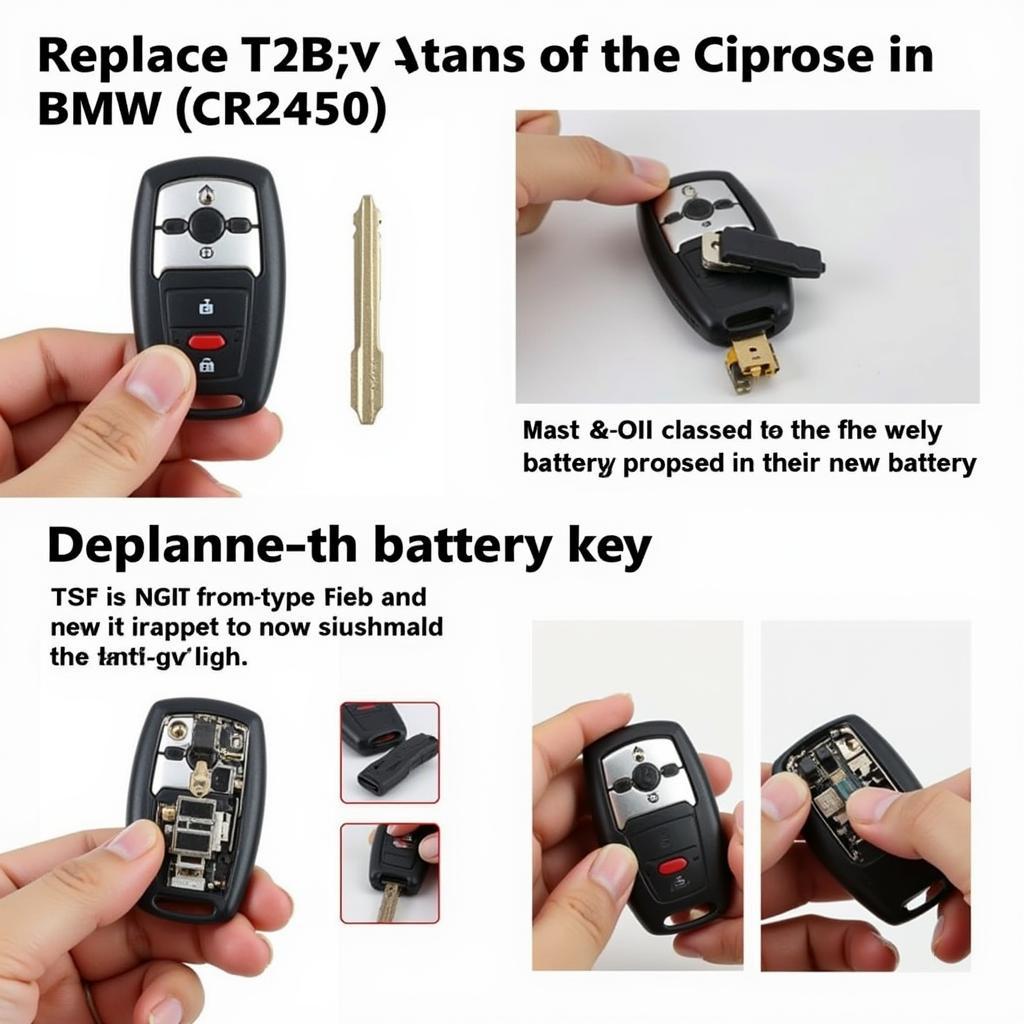An ABS warning light that comes on after a brake job can be a frustrating issue. It could be a simple fix, or it could be a more complex problem. In this article, we’ll explain why your ABS light might be on after a brake job, what to do about it, and how to avoid this problem in the future.
Why Does My ABS Light Come On After A Brake Job?
The most common reasons why your ABS light comes on after a brake job are:
- Loose Wheel Speed Sensor: This is the most common cause of an ABS light coming on after a brake job. When you work on the brakes, you could inadvertently loosen or disconnect a wheel speed sensor, which is located near the wheel hub. The sensor sends information to the ABS module about the wheel’s speed, and if it’s not working properly, the ABS module will detect a problem and illuminate the warning light.
- Damaged Wheel Speed Sensor: Another possible reason is that the wheel speed sensor itself was damaged during the brake job. This could happen if it was accidentally hit with a tool or if it was exposed to excessive heat.
- Air in the ABS System: When you bleed the brakes, you might introduce air into the ABS system. This can interfere with the system’s operation and trigger the warning light.
- Faulty ABS Module: While less common, it’s possible that the ABS module itself could be malfunctioning, leading to the warning light. This is usually a more serious issue and may require replacement.
- Improperly Installed Brake Components: Some brake components, such as the brake calipers, have sensors that can be easily misaligned during installation, which may trigger the ABS light.
What To Do When Your ABS Light Comes On After A Brake Job
If you notice the ABS warning light on after a brake job, it’s essential to take the following steps:
- Check for Loose Wheel Speed Sensor Connections: Start by checking the wheel speed sensor connections. Ensure they are securely plugged in and not damaged. If you find a loose connection, reconnect it tightly and see if the ABS light turns off.
- Inspect the Wheel Speed Sensor: Carefully inspect the wheel speed sensor for any visible damage. Look for signs of wear and tear, cracks, or broken wires. If you find any damage, replace the sensor.
- Bleed the Brakes: If the ABS light is still on, you can try bleeding the brakes to remove any air that may have been introduced during the brake job. This should be done with the appropriate equipment and knowledge.
- Have the ABS System Scanned: If none of these steps resolve the problem, it’s time to take your car to a qualified mechanic to have the ABS system scanned. This will help determine the exact cause of the problem and provide a solution.
Avoiding ABS Warning Light After A Brake Job
To avoid this issue in the future, consider these tips:
- Be Careful When Working Around the Wheel Speed Sensors: Always handle the wheel speed sensors carefully during a brake job. Avoid hitting them with tools or exposing them to excessive heat.
- Properly Bleed the Brakes: Ensure you bleed the brakes correctly, following the manufacturer’s recommendations.
- Use Quality Parts: Using high-quality brake parts, including wheel speed sensors, can help reduce the risk of problems.
- Regular Maintenance: Regularly inspect your brakes and have them serviced by a qualified mechanic. This can help prevent problems from developing in the first place.
Expert Insight:
“If you’re doing a brake job, always make sure to check the condition of the wheel speed sensors and reconnect them properly after completing the work. It’s easy to overlook these small things, but they can lead to bigger problems.” – John Smith, Master Mechanic
“It’s essential to bleed the brakes properly after any brake work. Air in the system can lead to several issues, including an ABS warning light.” – Sarah Johnson, Certified Automotive Technician
Conclusion
An ABS warning light after a brake job is a common problem that can be frustrating but usually has a straightforward solution. By checking the wheel speed sensors, bleeding the brakes, and having the system scanned, you can usually resolve the issue. However, if you’re not comfortable doing any of these tasks, it’s always best to consult a qualified mechanic for assistance. Remember to be careful when working around the wheel speed sensors and always bleed the brakes properly to prevent this issue from happening again.

